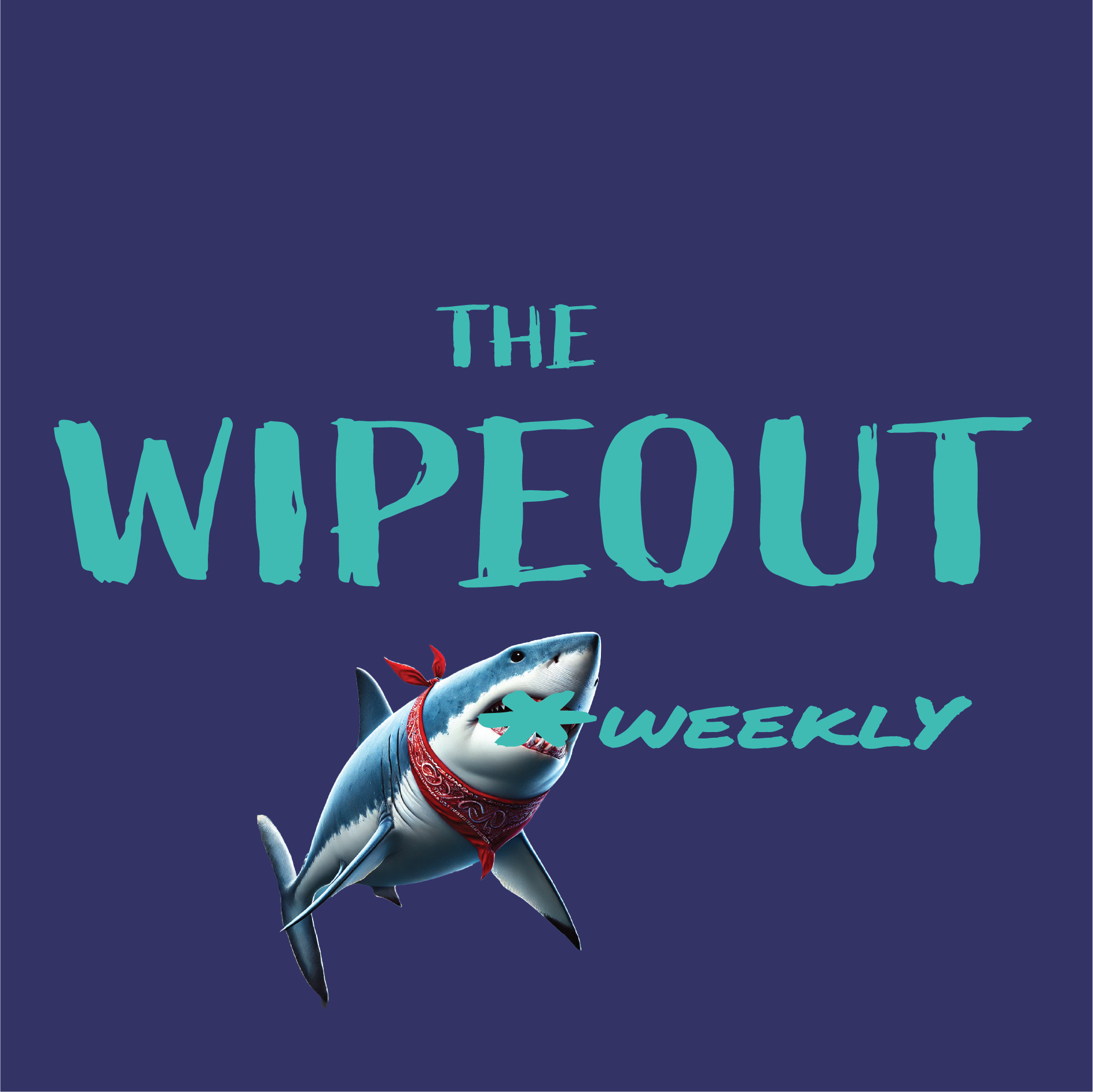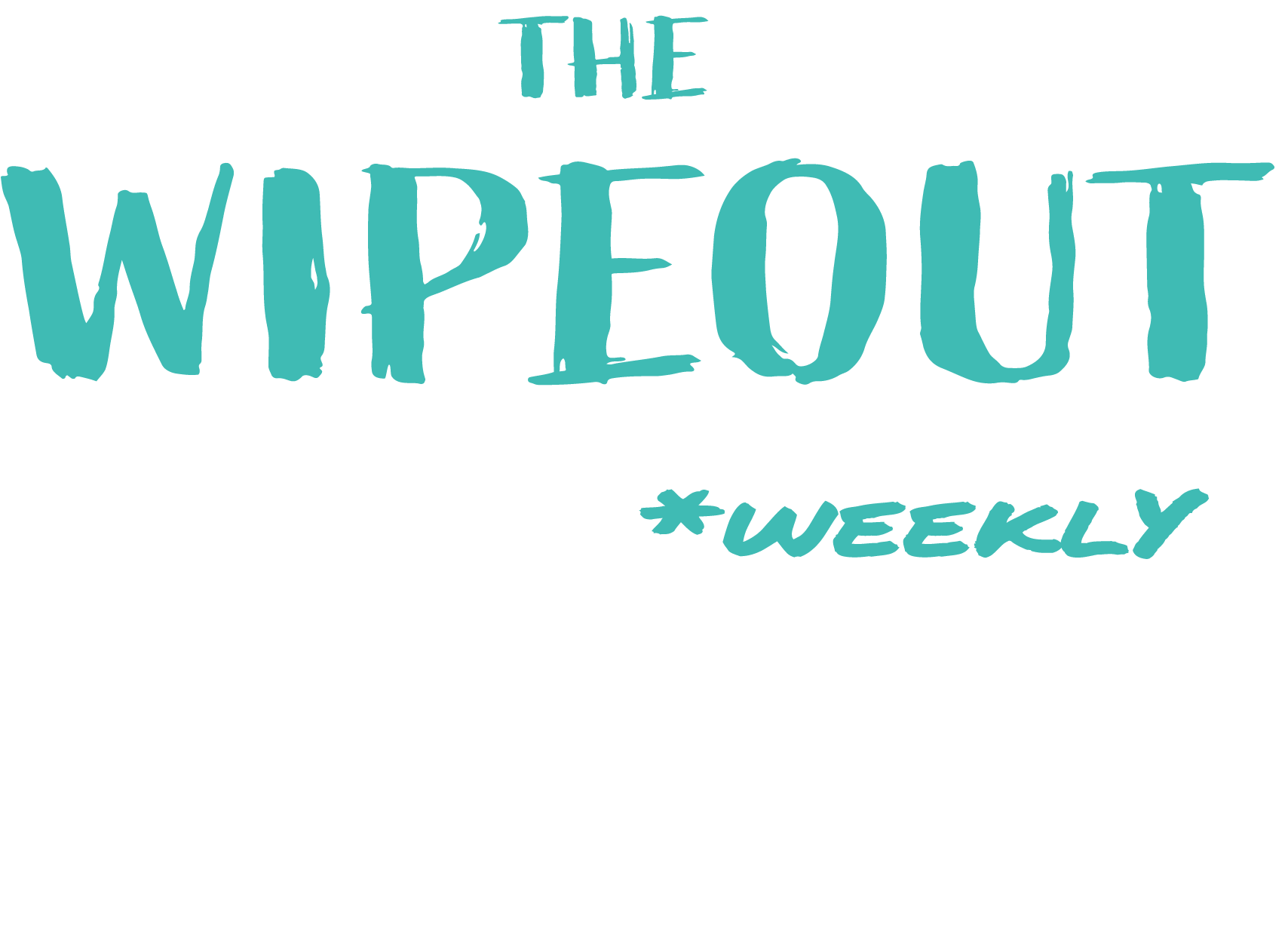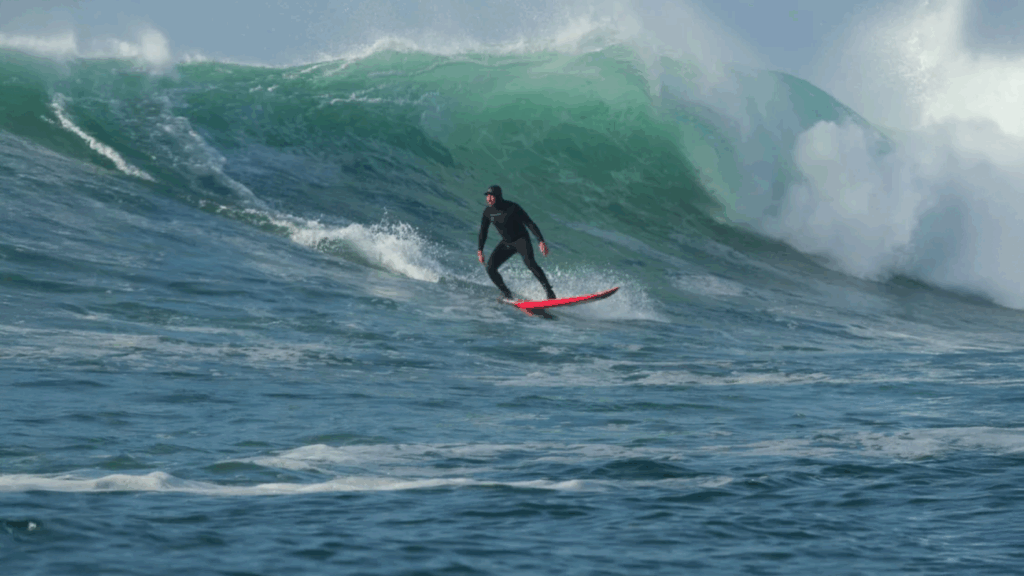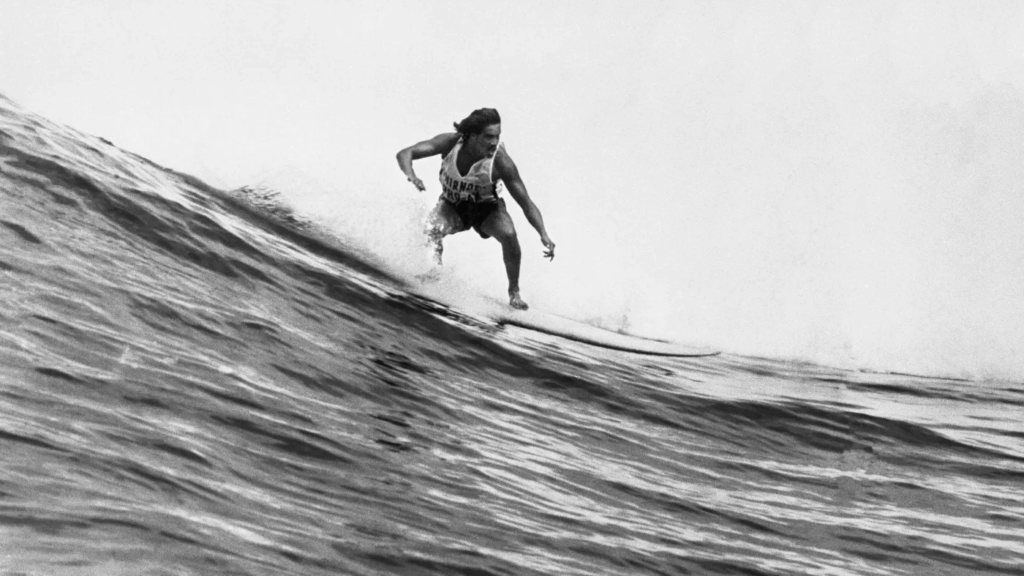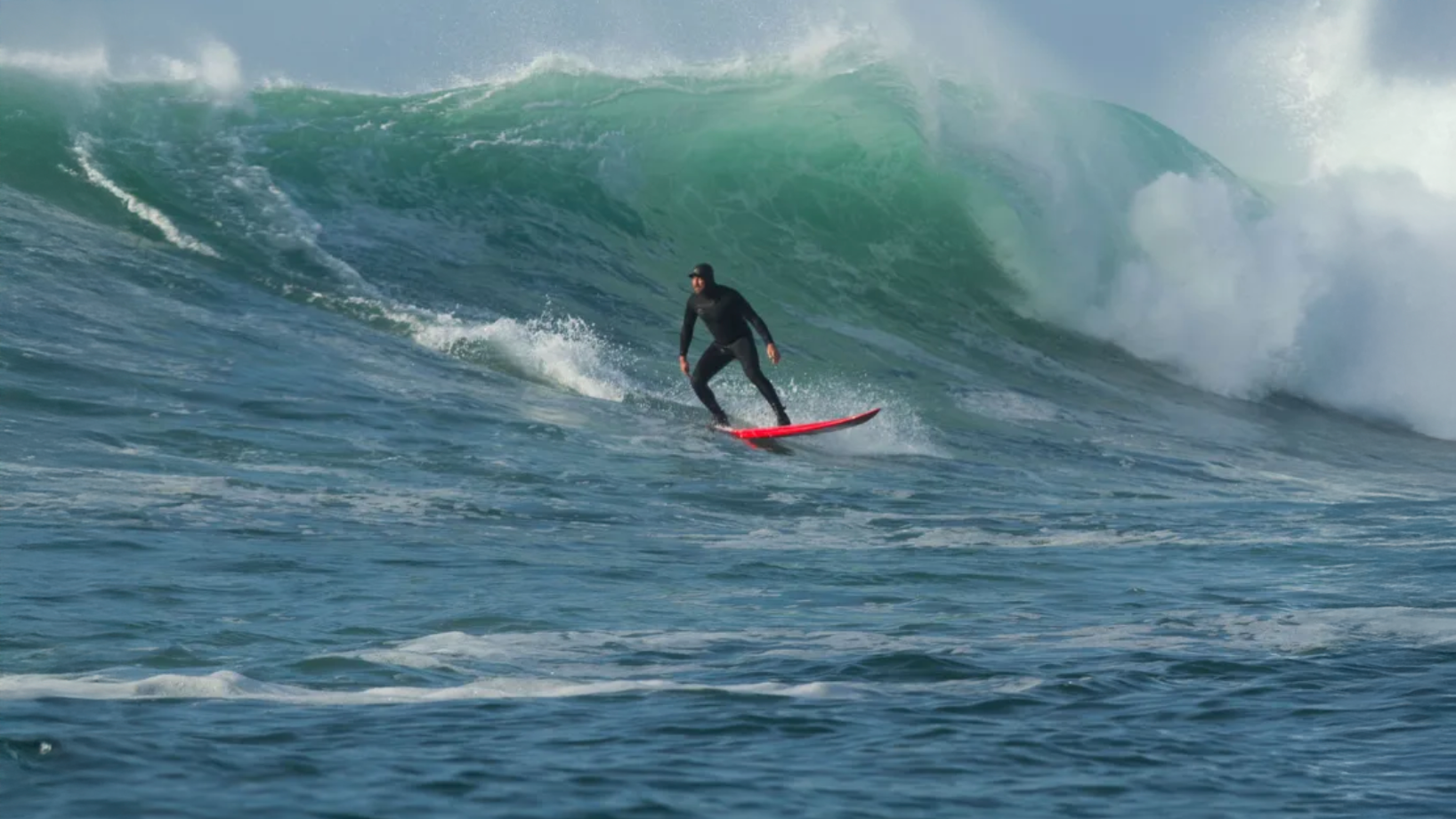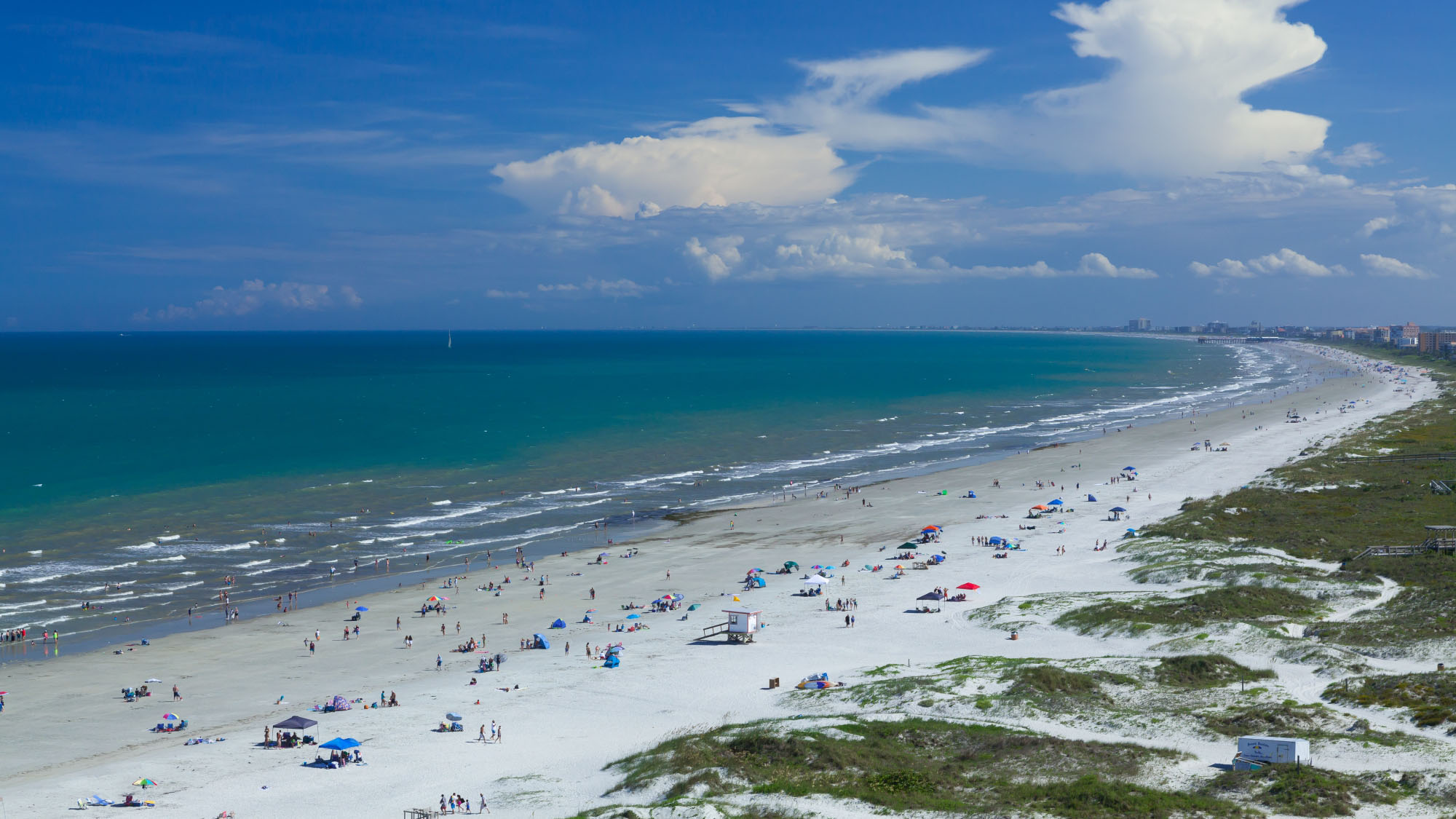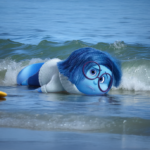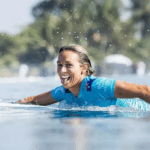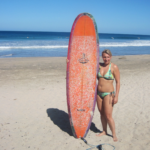Now Reading: Surf influencers—or surfluencers—are the worst. Right?
-
01
Surf influencers—or surfluencers—are the worst. Right?
Surf influencers—or surfluencers—are the worst. Right?
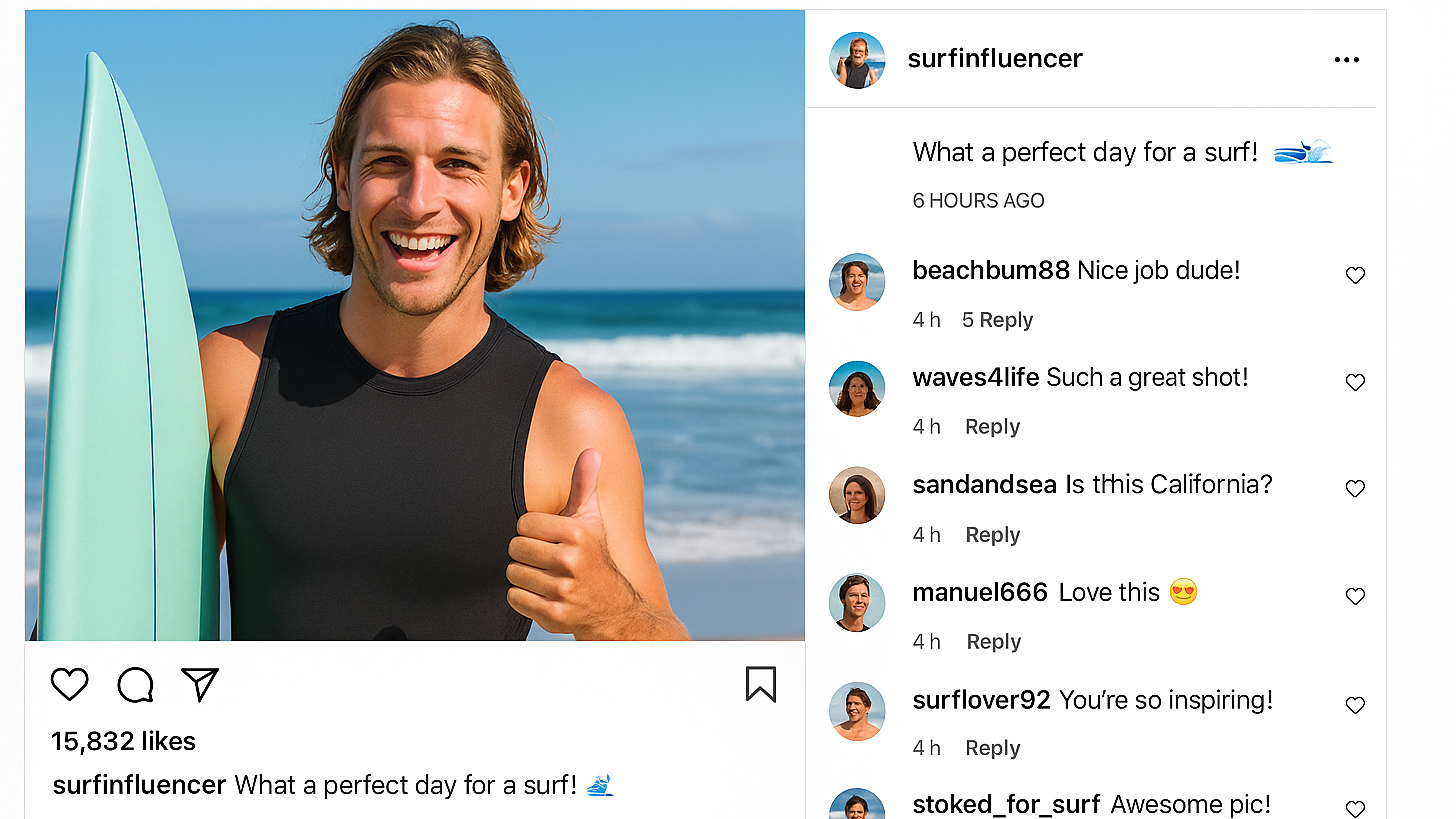
If you’ve spent more than five minutes on surf Instagram or TikTok, you’ve probably seen them—surf influencers. Perfect shot, slow-mo nose ride, and captions like “just vibing 🌊✨.” For some, they’re aspirational. For others, they’re an insult to the sport. But love them or loathe them, they’re shaping the way surfing is seen, sold, and understood. So why do they make people so mad? And what does it say about the state of surf culture today?
🧠 Marketing fascination meets sociological obsession
For me, as a marketer, the world of surf influencers is absolutely fascinating. Actually, I am fascinated by all the types of social media influencers and content creators. Anyone who manages to make a living or get free stuff for doing little videos deserves my respect. No matter how cringeworthy I may think their content is, there’s an audience for that stuff. Says the girl who’s managed to make 6 TikTok videos. It’s hard work—you know, I’m not cut out for this.
But the sociologist in me is unhealthily mesmerized by the amount of cynicism and vitriol these surf influencers draw from the surf community. Sorry—community is a strong word. Aren’t surfers a chill bunch? You know, live and let live as long as you don’t drop in on me? Apparently not.
📱 What is a surf influencer?
First, let me just confirm the definition of a surf influencer in this context. We’re not talking about pro surfers or former pro surfers with gigantic social media followings.
A surf influencer is a person who surfs and creates content—videos and photos—of themselves surfing (and doing surf-adjacent things) that they post on social media, primarily Instagram, TikTok, and YouTube. Their content attracts thousands, tens of thousands, hundreds of thousands of followers who consume said content. Because of the large following, surf influencers are of interest to brands that target their follower profile.
Surf influencers get paid for promoting products. For instance, a wetsuit brand pays a surf influencer to post a reel wearing their suit and tagging the brand.
Influencers earn a commission when followers buy products through personalized links or codes: “Use my code WAVE10 for 10% off fins!”. They earn a % of each sale driven by that code.
Some sell their own branded products, whether it’s hats or surf retreats.
The platforms pay them too—there are Instagram bonuses for Reel views, the TikTok creator fund, and ads on YouTube.
And of course, they get free stuff—can be a physical product or a trip or an experience—in exchange for a tag.
💰 Why the hate?
It can be a lucrative gig. Which, I believe, is the main problem that the surf community has with surf influencers, although they will never admit it. Oh yeah, all these brand partnerships that go to good-looking beginners over lifelong, skilled surfers. The hurt is real
🤥 Fakery, filters & frustration
The reasons for hating on surfluencers are aplenty. This content is a lie! This content is harmful!, they scream. I dislike reality TV, but I just don’t watch Real Wives of North Shore or whatnot, and then scream: this is all fake. Wait—I would actually watch that. I would TOTALLY watch that!
Lack of skill vs. image is one primary argument. Where influencers appear skilled in curated posts, but often can’t surf well in real life. We’re talking deceptive edits, strategic camera angles, slow-motion clips, and selective footage that exaggerate ability. All valid—but seriously, have you been living under a rock for the past two decades? You know how social media works. You use filters on your pics, don’t you? 😂
Then, there’s the fakery argument. “She didn’t even paddle out, just splashed some water on her wetsuit.” “That wave was not 6 feet, it was barely 0.5 foot.” “She’s crying to get sympathy and clicks.”
Ok, maybe I personally would draw a line at crying on camera (I’m a super ugly crier), but I know plenty of frustrated surfers who’ve broken down in the lineup and after the surf. But there’s no downside in sharing—it’s sometimes nice to know you’re not alone in your surf funk.
🏄♀️ Culture and credibility
And saying that surf influencers don’t have any respect for surf culture and surf history is a bit rich. Because the majority of surfers today have no clue what an Olo is, who Tom Blake was, or how we ended up with shortboards.
The surf culture has changed. You’re not putting this genie back in the bottle, no siree. Trust me, I wish I could. But I’m a realist—I don’t live in a lala land. But wait, I actually do. LOL. And proud of it.
🎣 Clout over craft?
The exploitation of surfing argument doesn’t cut it for me.
The whole: they’re chasing clout over craft. They are using surfing primarily as content fodder to gain sponsors, not for love of sport.
I don’t believe a single one of the surfluencers doesn’t genuinely love surfing. You just gotta.
It’s hard enough to paddle out, but to get someone to film you, then cut all this footage, produce it, post it, promote it? I’m tired even thinking about it.
💋 Beauty bias & the bandwagon effect
I’ve seen the beauty bias being wheeled out in relation to surf influencers. I do love a good bias or an effect. Bandwagon is my favorite. Check out r/surfing on Reddit for real life examples.
Come on though. This is not limited to surfing. It’s a cognitive bias baked into society. Isn’t it more true that you’re upset because a pretty girl got a brand sponsorship over a crusty male surfer? I think it is.
🚨 The one real concern
There’s one thing I do agree with. Beginner surfers don’t know what they don’t know, and they may take some of this social media content at face value. So if a surfluencer happens to offer incorrect surf etiquette advice or encourages beginners to paddle to the back on a big day because “you can do it too,” this may result in harm.
But honestly, I’m not seeing many of these types of posts.
🌊 Final takeaway
So where does that leave us? Take the good—inspiration to surf from someone who looks like you. Scroll past the bad. And accept that social media is here to stay, there’s no requirement to participate.
Girls Who Can’t Surf Good community follows these surfluencers & surf influencer-adjacent accounts on IG:
